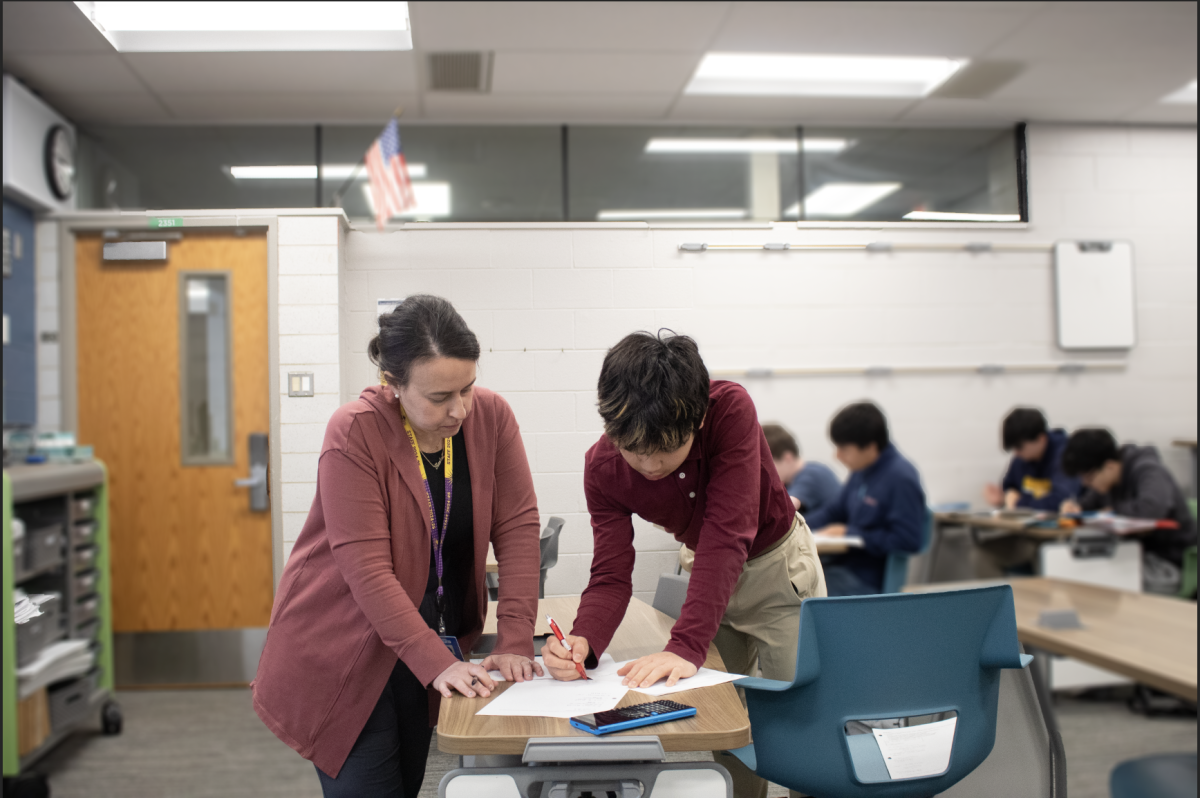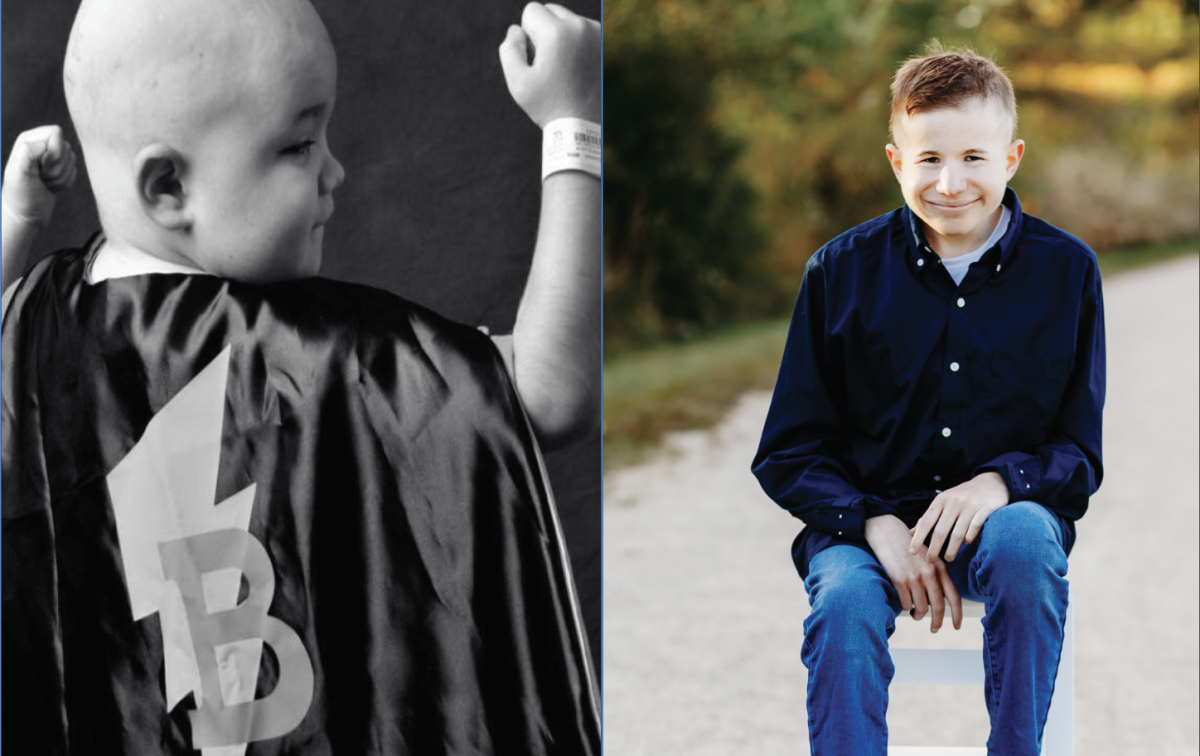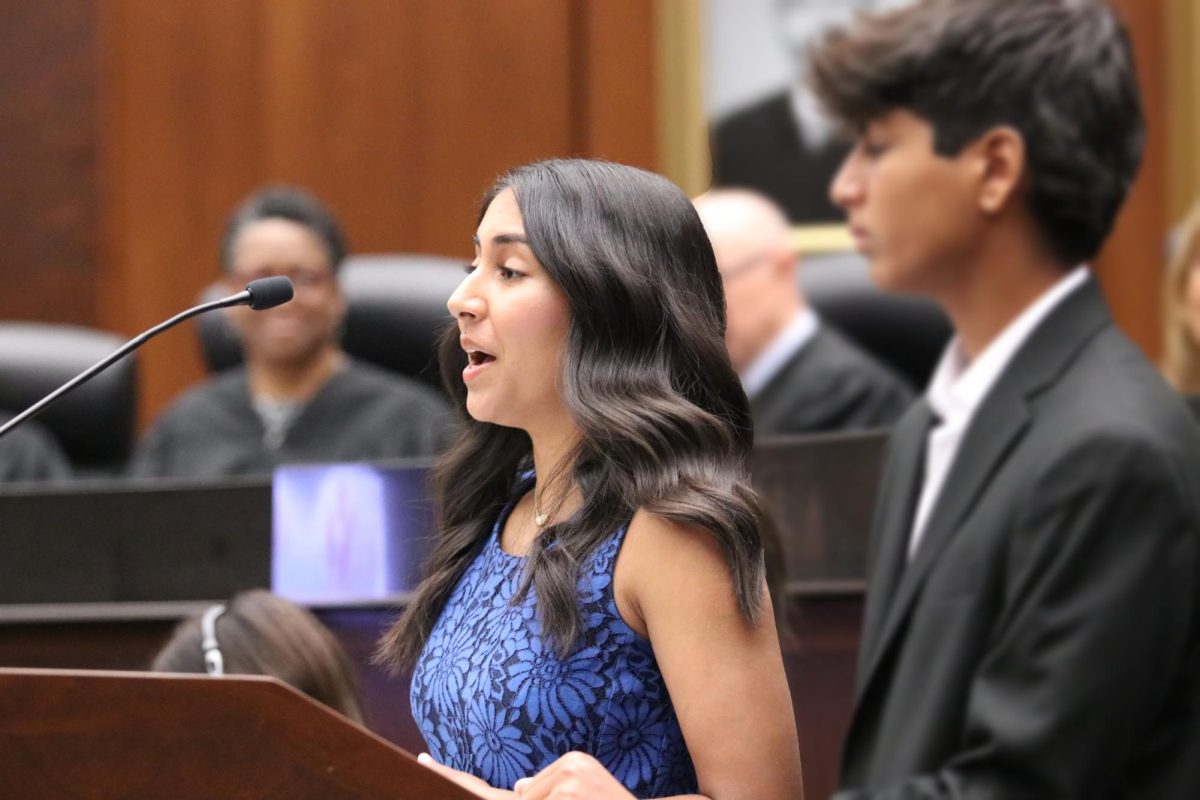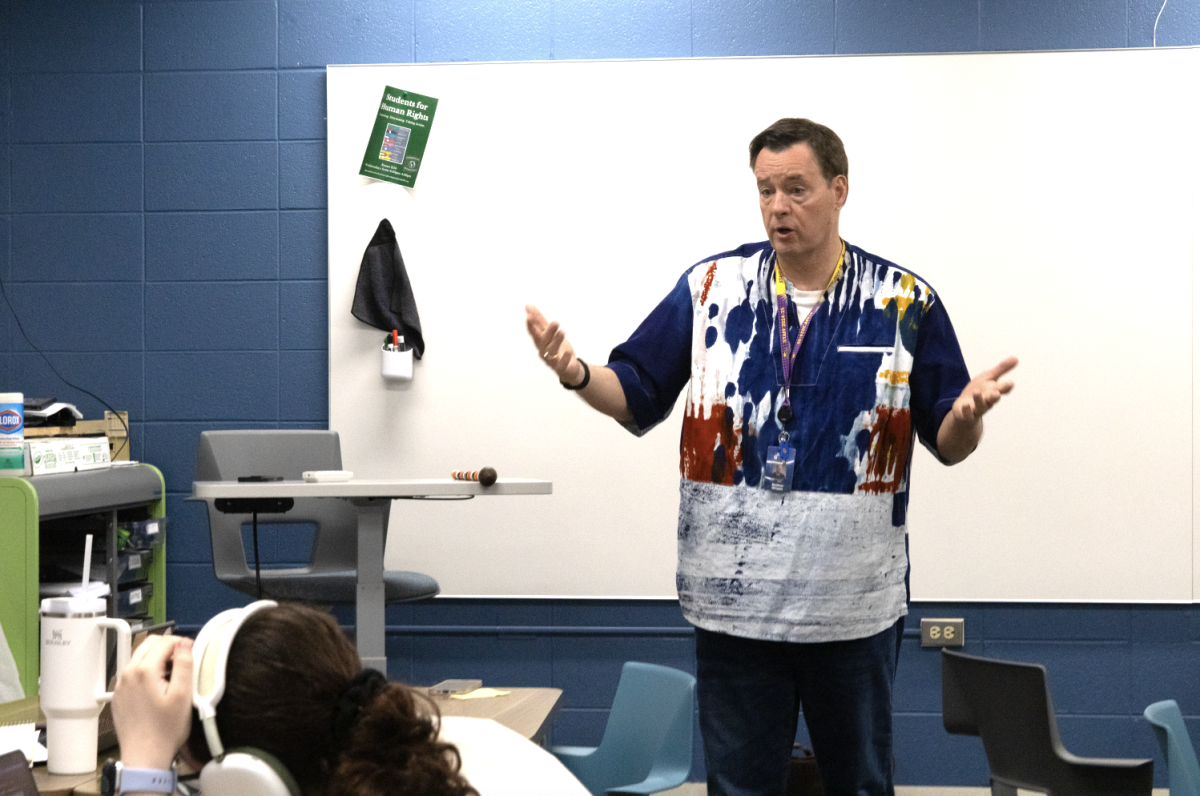Nowruz, the Persian New Year, begins with a sense of excitement and joy that fills every celebrating household. As the sun rises on the momentous day, there’s an unmistakable feeling of love and warmth in the air, drawing family members closer together in celebration. The essence of Nowruz lies in its promise of new beginnings and the triumph of light over darkness, conveying a spirit of gratefulness and a perspective of hope and optimism for the year ahead, sophomore Nuha Babool said.
Falling on March 21, Nowruz occurs on the first day of spring, symbolizing fresh starts and a chance to begin anew, Babool explained. The word Nowruz means “new day” in Persian, signifying a time to forgive each other and extend compassion, assistance, and support to those in need, Babool explained. On Nowruz, families come together, renewing ties and embracing one another with forgiveness and love. It is a day of reflection when all conflicts and misunderstandings are set aside, forgiven, and forgotten, Babool explained.
“Navroz is [the] day where you reflect on [your] year and reflect on what you want to do for the future,” Babool said. “[Navroz] is a new start [and] symbolizes life [and] a time of spiritual and physical renewal.”
At the heart of Nowruz’s festivities is the Haft Sin table, which showcases an array of seven symbolic items that begin with the letter “S” in Persian, Babool conveyed. Each item holds significance, from Seeb (apple) symbolizing beauty, to Serkeh (vinegar) symbolizing age and patience. Somaq (Sumac berries) symbolizes sunrise and new beginnings while Sabzeh (sprouted wheat grass) represents rebirth and growth, and Samanu (wheat pudding) symbolizes power and strength. Senjid (dried lotus fruit) symbolizes love and Seer (garlic) represents health and medicine. Nowruz is celebrated by around 300 million people in the Middle East and Central and South Asia, so different regions observe Navroz in diverse ways, Babool noted.
“I go to my community hall for prayers and we exchange greetings, dress up, and give gifts and prayers,” Babool said. “[Nowruz is] really all about the community and strengthening family bonds.”
As the world bids farewell to winter and welcomes the vibrant colors of spring, sophomore Anjia Rajput celebrates Nowruz by spring cleaning. Cleaning in preparation for the festival allows for the opportunity to not only declutter physical spaces, but also the chance to let go of negativity, resentments, and old habits, Rajput expressed.
“Spring cleaning goes beyond just cleaning up your home,” Rajput said. “It represents a spiritual and emotional cleansing, removing any negativity in your home and starting off the new year on a good foot.”
Moreover, on Nowruz, families come together to paint eggs and prepare various dishes and desserts, senior Rida Chunara said. With vibrant colors and intricate designs, egg painting symbolizes fertility, rebirth, and a new life. Typically, people visit family and friends to offer greetings, share sweets and drinks, and to sing and dance in celebration and joy, Chunara expressed.
“[I partake] in community celebrations where traditional [South Asian] attire is worn,” Chunara said. “Cultural performances take place, traditional foods are enjoyed, and henna [is applied,] allowing for communal bonding and celebration of [our] heritages and identities.”
Chunara goes to her religious community center on Nowruz, where prayers are offered for peace, sustenance, and faith. These prayers include expressions of thankfulness and blessings for prosperity and happiness in the coming year, Chunara added.
“Nowruz is a time for [us] to come together as a community, strengthening bonds of unity [and] solidarity,” Chunara said. “Through communal prayers, gatherings, and celebrations, [we] reaffirm [our] shared values, heritage, and commitment to building a harmonious and compassionate society.”








